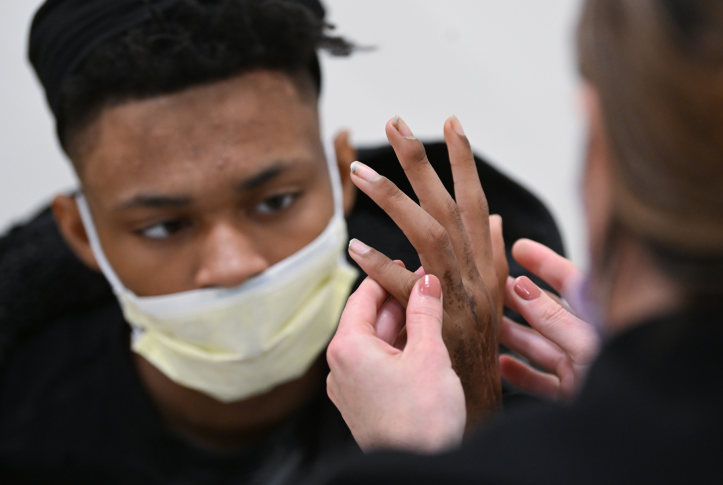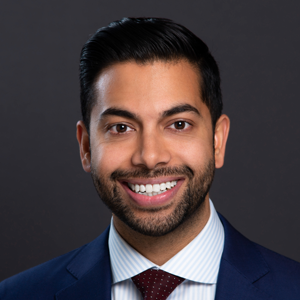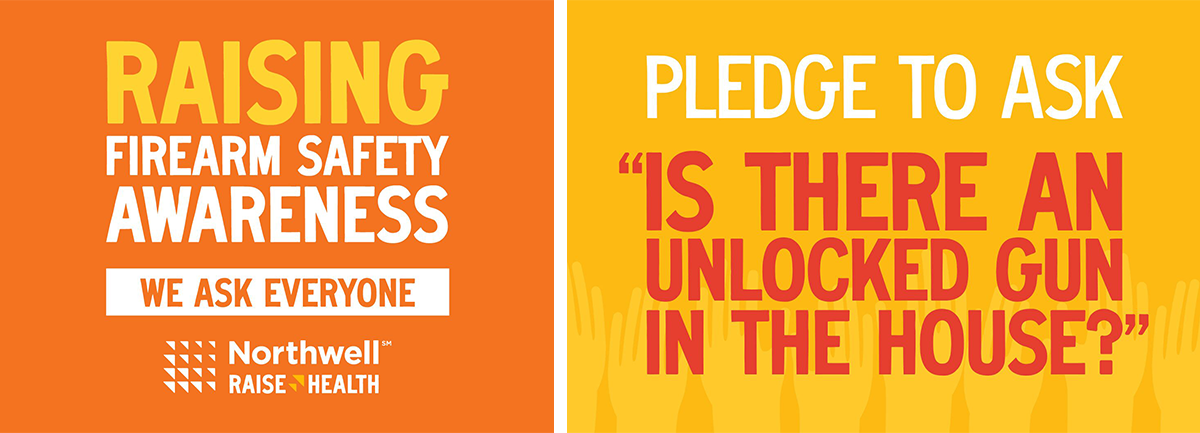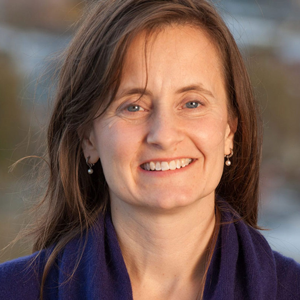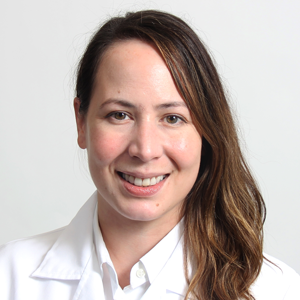Joseph Richardson, Ph.D., a University of Maryland professor and medical anthropologist, has spent the last 10 years traversing two seemingly disparate worlds: Black communities affected by gun violence and the hospitals that treat its victims. Growing up in a working-class neighborhood of Philadelphia, Richardson experienced the trauma of violence firsthand. He witnessed his first shooting at 14. Soon after, his uncle was murdered.
Richardson has written extensively about how he and his colleagues persuaded young men who were deeply distrustful of the health care system to seek treatment for the trauma they’d experienced — not just from their near-fatal firearm injuries, but also from growing up around gunfire in impoverished neighborhoods fractured by mass-incarceration practices. His documentary, Life After the Gunshot, created in partnership with Che Bullock, one of the men he mentored, is a moving testament to the healing power of compassion and to Richardson’s remarkable ability to persuade people, some so wary they bring guns to appointments with him, to drop their guard and join him on a path to recovery.
The film follows 10 men from the District of Columbia who participated in a hospital-based violence intervention program, one of about 50 in the United States offering victims of violence a range of supports like therapy and help with finding a job, all in hopes of reducing the risk of retaliation or reinjury. Studies have found that without such supports, more than 60 percent of people who experience a violent injury will be readmitted for another within their lifetime. For the men in the film — many of whom had been shot or stabbed multiple times — any sense of safety or faith in the world has been shattered long before they were physically injured. By enabling them to come to terms with the harsh reality of their childhoods and the profound effects of structural racism, the program — particularly a peer support group co-led by Bullock — becomes a turning point in their lives.
It’s not easy work for anyone involved: not the patients, who still hear gunfire while trying to recover; not the social workers and peer support workers, who witness death on a near-weekly basis; and not the trauma surgeons and ED physicians, who know the health care system is only just beginning to grapple with complex trauma.

Despite these challenges, an increasing number of clinicians and hospital CEOs are stepping forward to insist that the health system play a greater role in preventing gun violence in all its forms.
In this issue of Transforming Care, we describe the efforts of health care providers to develop a more comprehensive response to gun violence, one modeled on public health campaigns targeting cigarette smoking and car accidents. Like those campaigns, gun violence prevention efforts focus on screening and surveillance to identify people at risk and reveal patterns of injury. They also develop, test, and evaluate novel approaches to treating gun violence, often in partnership with the communities most affected by it. Other initiatives focus on public awareness and provider education, aiming to make firearm injury prevention an expected part of health care delivery.
With the passage of the Bipartisan Safer Communities Act, more health systems are expected to follow suit. The law allocates $250 million for community violence interruption programs that adopt a public health approach to reducing gun violence. It also provides $750 million for crisis response services, including implementation of extreme-risk protection orders. Several new organizations have been established to provide technical support to hospitals engaged in this work, among them the Northwell Health Center for Gun Violence Prevention and Kaiser Permanente’s Center for Gun Violence Research and Education, which is co-led by the Health Alliance for Violence Intervention. These centers also fund research to build the evidence base for effectively engaging the highest-need patients in clinical and community settings.
